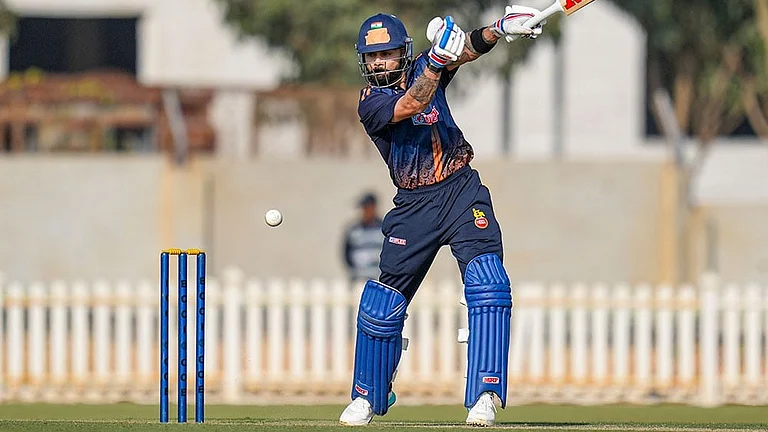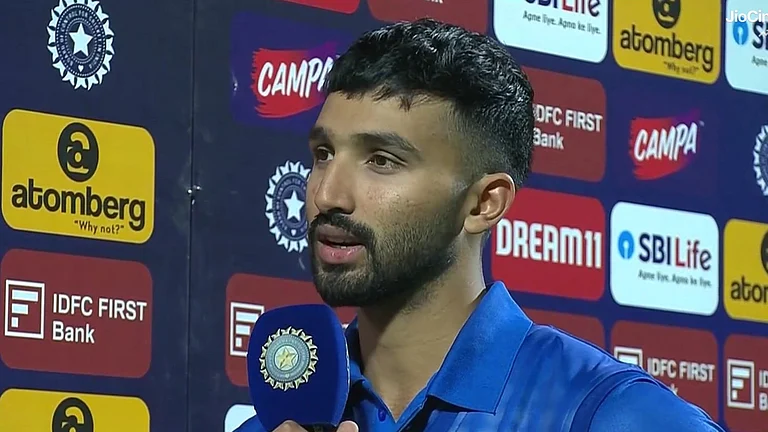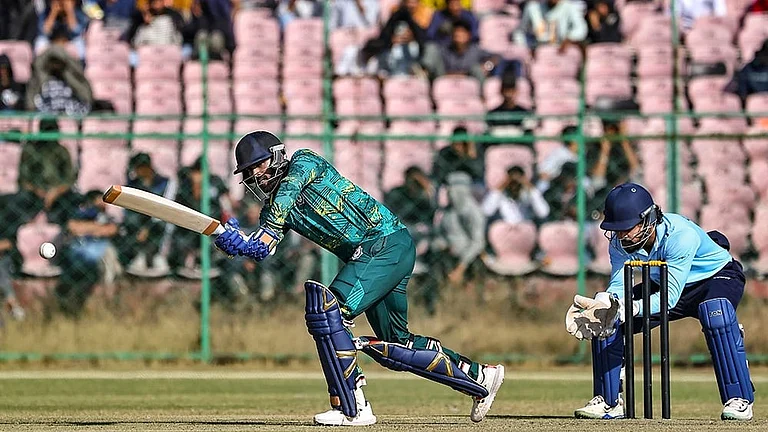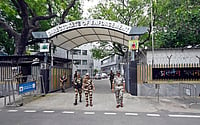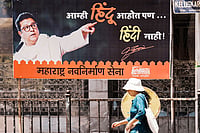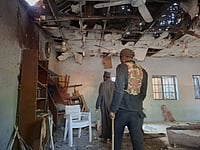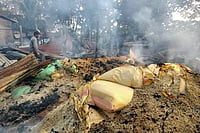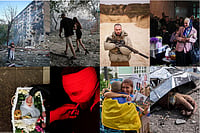We live in a time of great change, a time of new beginnings. We live in a time when many things are coming to an end, said John Naisbitt in his book, Global Paradox. But for India and Pakistan, nothing seems to have changed. Bus diplomacy symbolised hope but the Kargil conflict points ominously to a worsening of relations.
The escalation of fighting along the LoC and beyond Kargil is related to the new strategy the Mujahideen have adopted against Indian military forces. The recent airstrikes and deployment of gunships by India are actions taken against the increasing strength of the Mujahideen; but inadvertently, bombs and shells have landed in Pakistan territory. This carries the inherent risk of the conflict expanding into wider dimensions.
It's important not to lose sight of reality: since 1990, the insurgency operations that had an indigenous start in Indian-held Kashmir has seen a constant flow of infiltrators across the LoC. Replying to a question in Indian Parliament in February '99, home minister L.K. Advani said: As many as 1,008 foreign militants were killed among whom were included 266 Pakistanis, 157 Afghans besides militants from Sudan, Egypt, Yemen, Lebanon, Bahrain, Chechnya and Bosnia. It's clear that the Kashmir struggle is gradually expanding, with volunteers pouring in from the outside world. It's naive to think that sheer cosmetic measures like bus diplomacy, cbms and promoting trade - undermined by the constant refrain that Kashmir is an integral part of India - will achieve results. Kashmir is the core issue. Sagacity demands that political and diplomatic solutions should have been sought, but India's insistence on controlling the Kashmir uprising through brute force is a fallacious option.
In order to gauge the magnitude of the issue, one must examine the military side of the conflict. India has deployed approximately 290,000 regular troops and 230,000 paramilitary forces, supported by Bofors guns, along the LoC. In addition, two squadrons of armed helicopters, a fleet of support helicopters and about four squadrons of migs are located at Srinagar and Avantipura. Pakistan has a strength of roughly 50,000 regular troops, supported by 30,000 paramilitary forces and a fleet of support helicopters. It is estimated that there are only three to four thousand armed Mujahideen pitted against over half-a-million well-trained and well-equipped Indian troops.
It added to the intensity of the conflict that during the past year India deployed Bofors guns along the LoC and started engaging targets inside Pakistani territory. Pakistan has now deployed 130 mm guns to counter the Indian artillery, which proved very effective as deeper targets across the LoC are now being engaged. Taking advantage of the situation, the inflow of infiltrators has substantially increased.
This year, the Mujahideen adopted a new strategy by severing the line of communication that facilitated the build-up of supplies and troops in the Siachen, Leh and Kargil areas during the summer. This objective was achieved by the Mujahideen occupying the higher strategic positions along Kargil, Dras, Batalik and Turtuk.From the height of nearly 12,000 to 14,000 feet, the Mujahideen practically dominate the Kargil, Leh and Siachen line of communication. This has made it hard for India to augment supplies in Leh and Siachen. To clear these heights from Mujahideen occupation through ground operations was difficult. As an alternative, India deemed it expedient to open up a new route from Pathankot to Manali, Limba, Leh and Siachen. This is a long, circuitous and difficult road, but it may help India to reinforce its troops in Siachen and Leh - provided this line of communication is also not interrupted by the Mujahideen. India deemed it a strategic compulsion to use armed helicopters to flush the Mujahideen out of the Kargil and Dras areas. This has resulted in the violation of the LoC as bombs landed in Pakistani territory with attendant hazards. Indian migs violated Pakistan air space, and two of them have been shot down by Anza missiles (developed by Dr A.Q. Khan).
Pakistan will not take the Indian intrusions lightly. Keeping its air force ready to intercept deeper air violations, it has deployed Anza missiles along the LoC, which has proved very effective. It's apparent that the support to the Mujahideen will determine their ability to keep the Indian line of communication disrupted throughout summer. If they succeed, Indian forces in Siachen and Ladakh will be cut off from their base in Srinagar.
It is indeed a reflection of the success of the Mujahideen, who have driven India to a desperation that necessitated the airstrikes. The battle of interdiction and encirclement is to the advantage of the Mujahideen. India may gain some advantage but are not likely to neutralise the strategic orientation the Mujahideen enjoy.
It's a no-win situation for both countries. Military action will not determine anything, merely add to the complexities of the situation. At this intensity, there is a risk of the conflict going out of hand, making it extremely difficult to diffuse the situation. In the heat of militancy, it's imperative not to lose sight of restraint and caution. If a war broke out between India and Pakistan, it would be of a very different magnitude from 1965 or 1971. Someone once said: In peace sons bury their fathers, in war fathers bury their sons. Let this not happen.
(Gen Aslam Beg is a former Pakistan army chief.)







